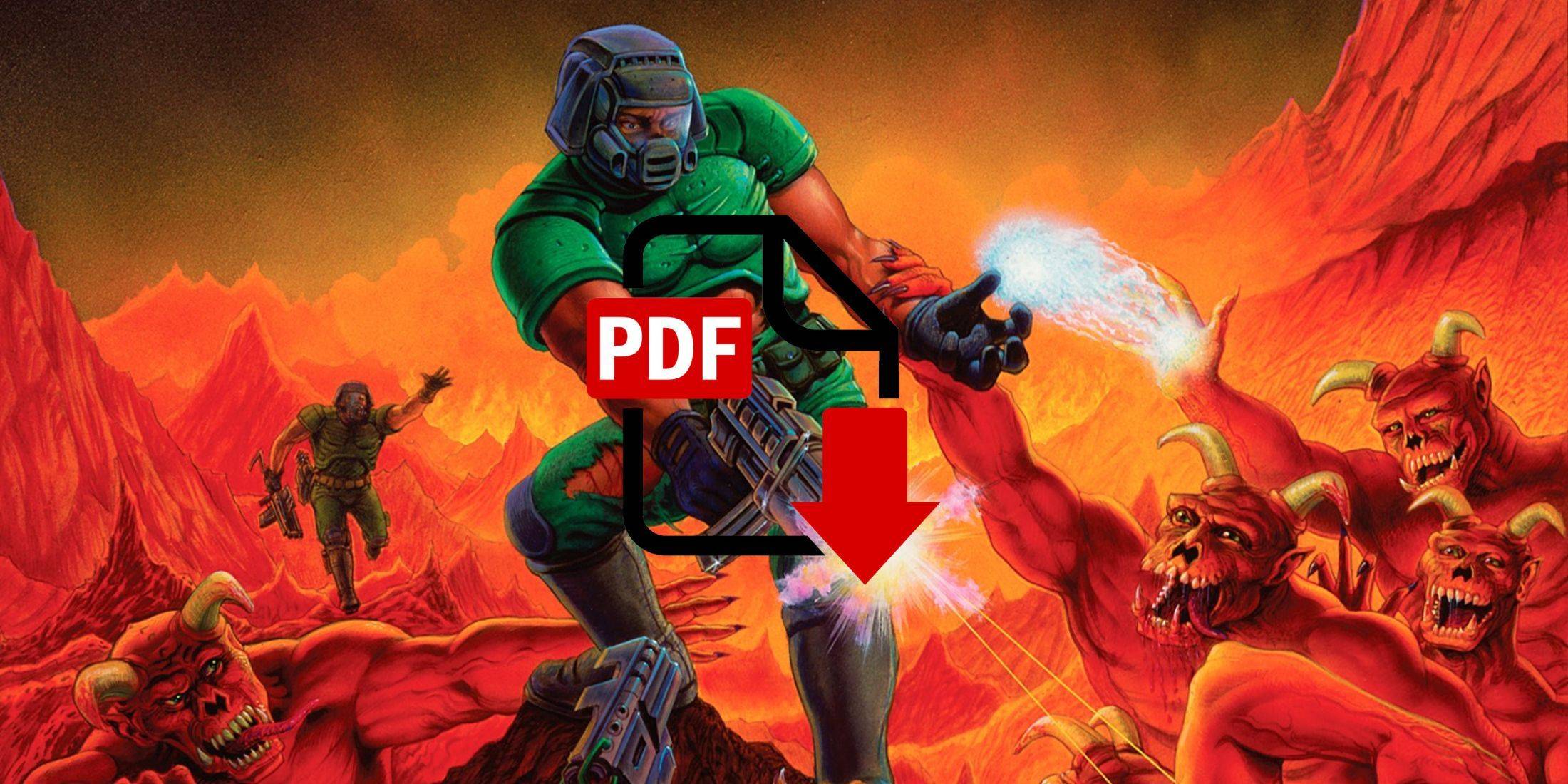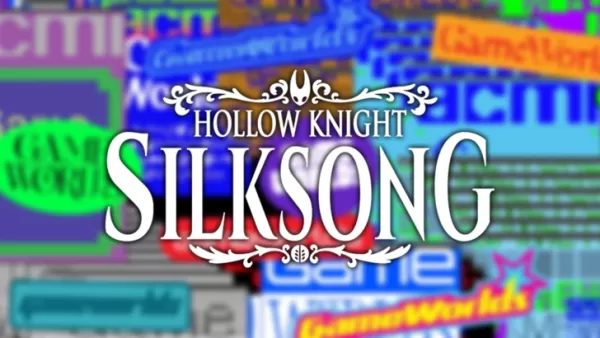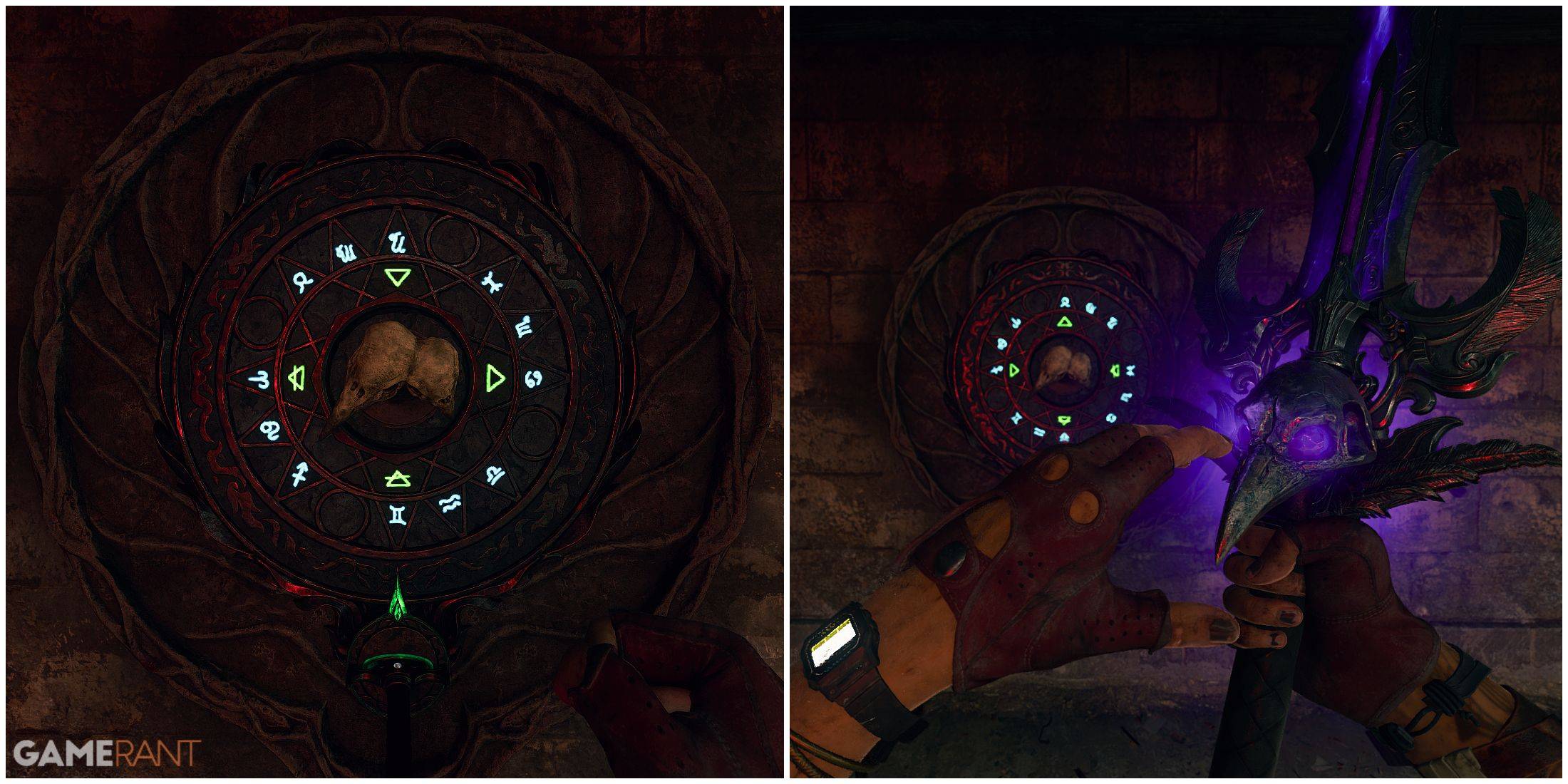Doom Has Been Ported to a PDF File
- By Gabriel
- Feb 22,2025

Doom's Unlikely New Home: A PDF File
A high school student's impressive feat has added a new chapter to Doom's legendary portability. The classic 1993 first-person shooter has been successfully ported to a PDF file, offering a surprisingly playable, albeit slow, experience. This achievement underscores Doom's enduring legacy and the boundless creativity of its dedicated fanbase.
Doom's compact size (a mere 2.39 megabytes) has always been a key factor in its ability to run on unconventional hardware. Previous examples include ports to devices like the Nintendo Alarmo and even within other games, such as Balandro. These projects, often plagued by performance limitations, aren't about achieving optimal gameplay; they're about pushing boundaries and showcasing the game's remarkable adaptability.
GitHub user ading2210, the high school student behind the PDF port, leveraged the format's JavaScript capabilities for 3D rendering and user interaction. However, the limitations of representing a 320x200 resolution within a PDF necessitated compromises. Instead of using individual text boxes for each pixel (a computationally impractical approach), ading2210 employed one text box per screen row, resulting in a slower but functional game. The resulting version lacks color, sound, and text, and boasts an 80ms per-frame response time. Despite these limitations, the game remains playable, as demonstrated in a video shared by the creator.
High School Student's PDF Port of Doom (1993)
The continued exploration of unconventional Doom ports highlights the game's lasting impact on gaming culture. Over three decades after its release, Doom remains a source of inspiration and playful experimentation. The fact that programmers and enthusiasts continue to find new and creative ways to run it is a testament to its enduring legacy and its position as a cornerstone of the FPS genre. The future undoubtedly holds even more surprising platforms for this iconic game.
Latest News
more >-

-

- Mini Keychain Light: $14 Must-Have
- Dec 18,2025
-

- Genshin Impact Luna I update arrives next month
- Dec 17,2025
-

-




